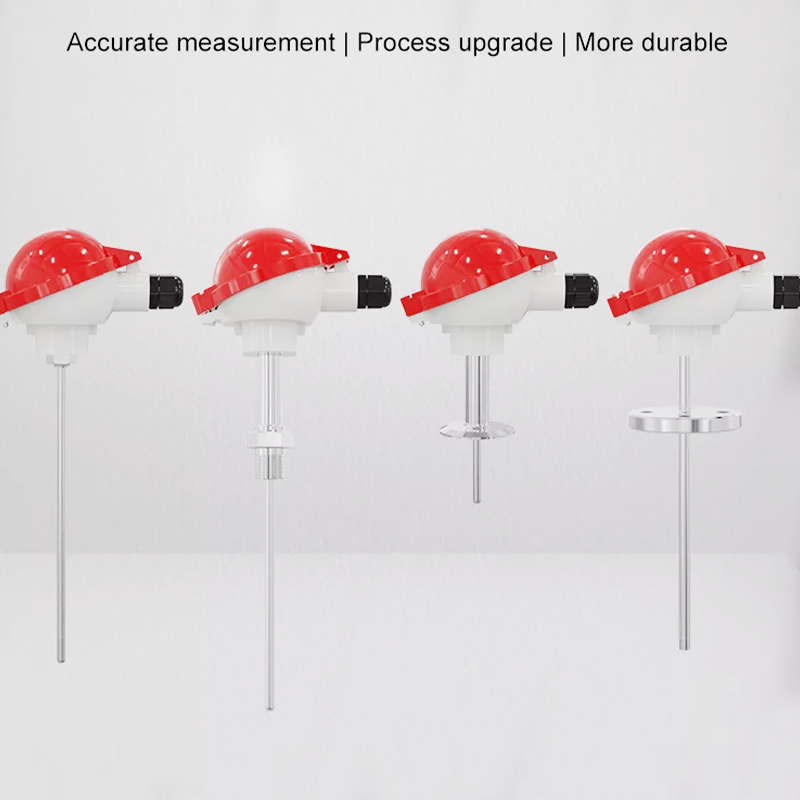What are RTD and thermocouples?
RTD (Resistance Temperature Detector) and thermocouples are two common types of temperature sensors used in process automation.
RTD sensors are made of a resistor material, such as platinum, that changes resistance as the temperature changes. The change in resistance is proportional to the change in temperature. RTD sensors are highly accurate and have a high degree of repeatability. They are also stable over time and are not affected by changes in ambient temperature.
Thermocouples, on the other hand, are made of two different metals joined together at the sensing end. When the sensing end is heated, a voltage is generated that is proportional to the temperature difference between the sensing end and the other end of the thermocouple. Thermocouples are less expensive than RTDs and can operate over a wider temperature range. However, they have lower accuracy and stability compared to RTDs.
In general, RTDs are preferred for applications where accuracy and repeatability are critical, and where the temperature range is relatively narrow. Thermocouples are preferred for applications where a wide temperature range is required, and where cost is a factor. However, the specific requirements of the application should always be considered when selecting a temperature sensor.
The difference between RTD and Thermocouple
RTD (Resistance Temperature Detector) and thermocouple are two types of temperature sensors that are commonly used in industrial applications. While they both serve the same basic function of measuring temperature, there are some significant differences between the two in terms of features, advantages, and applications.
Features:
RTD: RTD sensors are based on the principle of measuring the change in electrical resistance in a material as the temperature changes. RTDs are typically made of platinum, copper, or nickel and have a linear relationship between resistance and temperature. RTDs are generally more accurate and stable than thermocouples, especially in the range of -200°C to 600°C.
Thermocouple: Thermocouples are based on the principle of measuring the voltage produced when two dissimilar metals are joined together at a measurement junction. The voltage produced is proportional to the temperature difference between the measurement junction and the reference junction. Thermocouples are made of different combinations of metals such as copper, iron, nickel, and chromel. Thermocouples have a wide temperature range (-270°C to 1,800°C) and are typically faster in response than RTDs.
Advantages:
RTD: RTDs offer excellent long-term stability and accuracy, making them ideal for critical temperature measurement applications that require high accuracy and repeatability. They are also more immune to electromagnetic interference than thermocouples.
Thermocouple: Thermocouples are typically more rugged and durable than RTDs, making them suitable for harsh environments such as high vibration, shock, and corrosive environments. They also have a faster response time and a wider temperature range than RTDs.
Applications:
RTD: RTDs are commonly used in applications that require high accuracy and stability, such as laboratory equipment, pharmaceuticals, food and beverage processing, and HVAC systems.
Thermocouple: Thermocouples are commonly used in industrial applications where high durability, wide temperature range, and fast response time are required, such as steel and metal processing, chemical manufacturing, and power generation.
In summary, RTDs are ideal for high accuracy and stability applications, while thermocouples are best suited for harsh environments and high-temperature applications. The choice between RTD and thermocouple ultimately depends on the specific application requirements and the environment in which the sensor will be used.
Post time: Apr-13-2023

